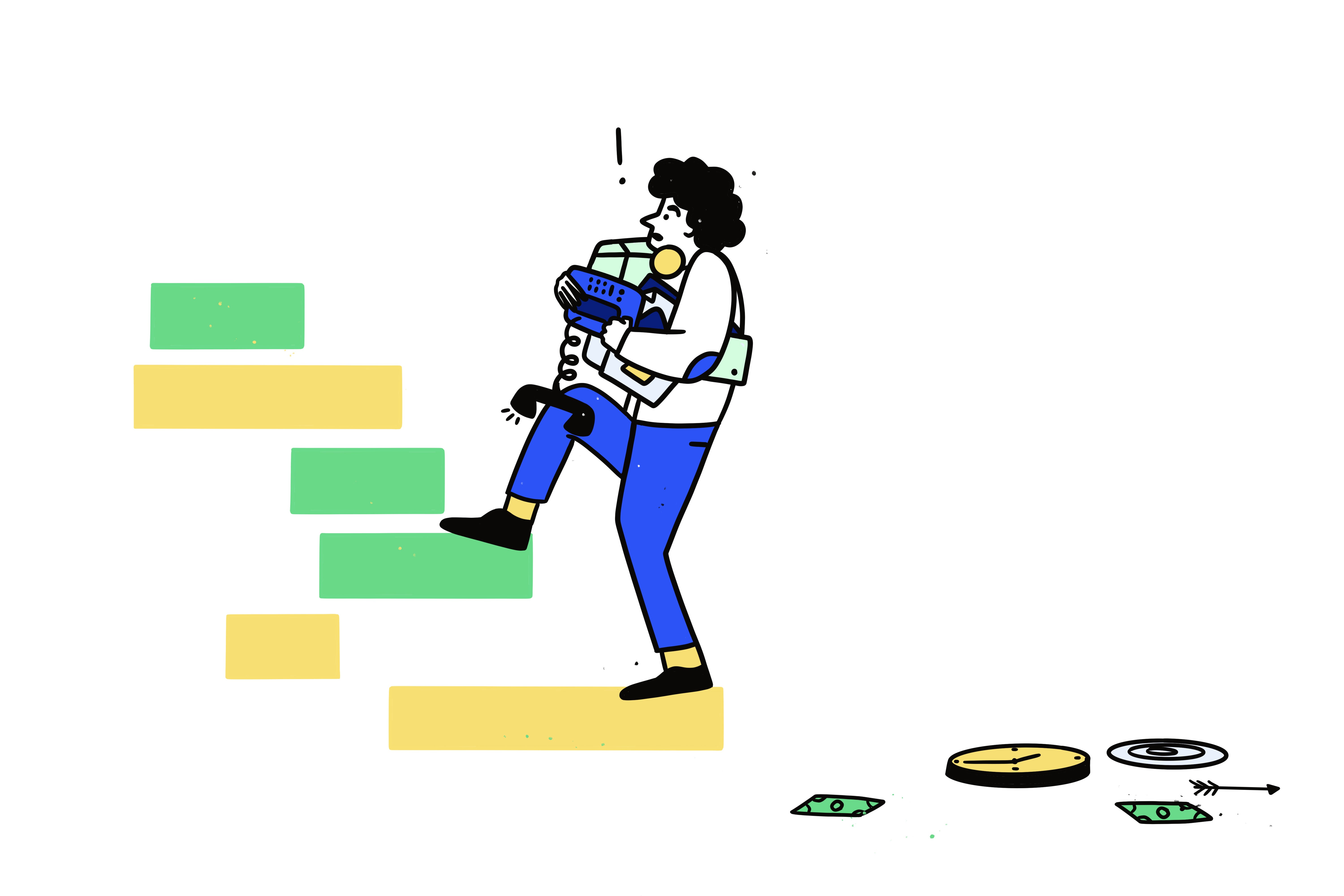It has become increasingly apparent that it is generally more difficult not only to find the time for scheduling meetings, but also to allow for the length of time to run them effectively. Oftentimes, running the meetings conflicts with jam-packed schedules, overlapping calendars, and split focus throughout the day. The practice outlined below will hopefully not only focus some attention in your organization, but also build in some healthy space throughout your day.
Table of contents
Creating Meeting Focus Time
Why should we focus?
Focus is paramount to any meeting as a tool for collective grounding. This is foundational for any sort of creative or logic-based ideation and decision making. In order to create a sense of focus, we need to attend to the design of the experience/meeting. This begins with thinking about the ways we prepare for and hold the meeting.
When we talk about the ways we prepare; we first need to look at ourselves. How grounded and centered are we walking into the room?
Often our attention is on the content of the meeting, the number of objectives we want to achieve, and getting through as many items as possible. However, we often forget that as the space holder, our energy is critical. The tone we set with our energy we will either create resonance or disconnection among participants.
If we are focused on content, order, and priorities, we will often create very transactional, left-brained conversations. If we are focused on process, grounding, and connection, we will often move into more conversational, right-brained spaces. This will facilitate greater interaction and creativity.
Unbeknownst to many of us, it is our energy that most people experience when they enter the room. Our energy can dictate the energy of the entire room for the duration of the meeting. The clearer, calmer, and more grounded that we are, the more effective we will be at holding space that can ignite greater creativity and engagement.
One other dimension I’d like to talk about regarding the ways we hold meetings and space is to let go of our performative inclinations and relax the ego. When we run meetings, make it less about us, and be flexible on the agenda so voices can be heard and felt. Make it about the participants in the space, and allow the collective wisdom to revolve around and inform the agenda. Our job as facilitators of space and meetings is to serve as a guide with a loosely held agenda that can be adjusted based on the realities, energy, and emergence in the space.
When we are able to let go and relax the ego, this often allows us to focus on what’s most important–our ability to read the non-verbals, energy and meeting participants’ cues. From here, we can guide the direction of the meeting to achieve our objectives, discern the challenges and opportunities, adjust in real time without hesitation or reservation, and ensure that all voices are being heard (whether people are speaking or not).
Focus by Sean Harvey, Chief Compassion Officer & Founder @ Sympónia Institute
Set focus
Creating the time to focus on the meeting at hand is a perfect practice not only for attention, but for the well being of the attendees.
- If you are doing a presentation, add in a slide that shows an inspirational quote and an animation to sooth or lead breathing. Our Project Management Presentation Deck Template has a great example for you to use.
- Remind everyone that this is a time to close their laptops, rest their phones on the table, and/or silence their notifications.
- Read through one of our scripts listed below or create your own in advance to read.
- Ring in a chime or bell that will signal the start of the focus time.
- Let everyone sit in the silence or sound of the chime for 2-5 minutes.
- Ring the chime again to end the focus period.
When to set focus
- This may be a hard practice to follow in every meeting throughout your day. The reality of this practice reminds you that most of the day will be back-to-back, and everyone will not have time to stop.
- We recommend adding this practice to any meeting or gathering that is 45 minutes or longer.
- While we recommend using a singing bowl, any long ringing chime or recording will work in a pinch. Personally, I have even used a crystal wine glass (don’t try this at home kids).
Repeat often
- This may be a strange and outlandish practice for you and your organization. However it is a challenge best overcome by repetition.
- Repeating this practice will allow everyone to be more comfortable with the practice itself, as well as with the amount of time it takes and the silence and space it creates.
- Encourage others to participate in the practice and lead the focus period. Provide everyone with a few meetings of examples before you request others to lead.
Two easy scripts
Script 1 : The time is now
- Hello everyone, today we are going to talk about {{meeting subject}}. Before we start, I invite everyone to take a moment to create space for you to focus. For now, forget about the meeting you just left, and don’t worry about the next deadline. All of these things will still be there.
- Please sit-up straight in your chair with your back away from the rest and your feet flat on the floor. When the chime sounds, the space will be open; and when it sounds again, we will focus on our meeting.
- {{Read Quote}} if you have one.
- Ring Chime = Open Space
- Sit for 2-5 minutes.
- Ring Chime = Time to Focus
- Thank everyone and start the meeting.
Script 2 : No tech please
- Hello everyone, today we are going to talk about {{meeting subject}}. Before we start I invite everyone to take a moment to create space for you to focus. Please close your laptops, set your phones aside, and mute your notifications.
- Please sit-up straight in your chair with your back away from the rest and your feet flat on the floor. When the chime sounds the space will be open; and when it sounds again, we will focus on our meeting.
- {{Read Quote}} if you have one.
- Ring Chime = Open Space
- Sit for 2-5 minutes.
- Ring Chime = Time to Focus
- Thank everyone and start the meeting.
Script 3 : Bonus – Create your own
- Explain the setup.
- Ground everyone.
- Ring Chime = Open Space
- Sit for 2-5 minutes.
- Ring Chime = Time to Focus
- Thank everyone and start the meeting.
Do’s and Don’ts of Creating Focus
| Do | Don’t |
|---|---|
| Build time into long meetings and presentations for this practice. Include it in our agenda and have a slide ready if applicable. | Allow technology to pull focus through the process or rush the space that has been opened. Once everyone is familiar with the practice, it will be easier to accomplish. |
| Repeat this practice for any meeting that is over 45 minutes, even if there are multiple meetings in the day. | Forget to explain the practice and ground the room. Having everyone understand what to do will ease fears of participating. |
| Encourage others to lead the exercise of focus. This will help adapt the practice in other places. | Surprise someone with their nomination to lead the practice. Consult them beforehand, and be prepared to lead if they are reluctant. |
Use our toolkit

PROJECT MANAGEMENT – PRESENTATION DECK TEMPLATE
Apply the knowledge from this article to our powerpoint and google slides template. Everything you need to run successful project management meetings and presentations.

